Coriander Moroccan
$4.49
Coriandrum Sativum
- Seed Count 200
- Citrus Overtones
- Annual
Out of stock
Email when stock available
Description
Moroccan is a vigorous and fast growing variety with shorter stems and leaves, and a high tolerance in summer. A uniquely flavoured coriander with subtle hints of sweetness and citrus.
This variety is mostly used in Indian, Latino and Middle Eastern cooking, it pairs exceptionally well with fish and chicken dishes, and really lifts any dish that required fresh coriander.
| Method: Sow direct | Soil Temp: 10°C - 25°C |
| Cool Mountain: Mar - Nov | Position: Full Sun |
| Arid: Aug - Dec | Row Spacing: 10 cm |
| Temperate: Mar - Nov | Harvest: 45 Days |
| Sub Tropical: Apr - Nov | Planting Depth: 3 mm |
| Tropical: Apr - Jul | Plant Height: 30 cm |
Climate
- Temperature: Coriander prefers temperatures between 18°C to 22°C. Anything above 30°C can cause the plant to bolt quickly.
- Coriander is a cool season annual
Soil Requirements
- Soil Type: Coriander thrives in well-draining soil rich in organic matter. Sandy, loamy soil is ideal.
- Soil pH: Aim for a pH level between 6.2 to 6.8 for optimal growth.
- Soil Preparation: Before planting, amend the soil with compost or well-rotted manure to enhance fertility and drainage. It is beneficial to work in some slow-release organic fertilizers as well.
Sowing Seeds
- Direct Sowing: Plant coriander seeds directly into the garden bed as they do not transplant well due to their long taproot.
- Depth and Spacing: Sow seeds approximately 3 mm deep, spaced about 10cm apart. This spacing allows for the plants to spread out without overcrowding.
- Timing for Succession Planting: To have a continual harvest, sow seeds every two to three weeks.
Watering Needs
- Moisture Levels: Coriander requires consistent moisture. Keep the soil evenly moist but not soggy.
- Watering Frequency: Water deeply once a week or more frequently in hot, dry conditions. Avoid overhead watering to prevent mildew.
Maintenance and Care
- Thinning: Thin seedlings once they reach about 5cm in height, keeping the strongest plants and allowing space for growth.
- Mulching: Apply mulch around the base of the plants to retain moisture, suppress weeds, and maintain consistent soil temperature.
- Pruning: Regularly harvest the leaves, taking care not to remove more than one-third of the plant at any time to encourage continuous growth.
Harvesting
- Leaves: Start harvesting leaves when plants are about 15cm tall. Use scissors to snip away the outer leaves while allowing the centre to grow.
- Seeds: For coriander seeds, allow the flowers to bloom and turn brown. Once dried, harvest the seed heads and store them in a cool, dry place.
Companion Planting
Beneficial Companions
- Cabbage Family (Brassicas): Coriander can repel pests like aphids and whiteflies that affect cabbage, kale, and broccoli.
- Carrots: Protects carrot plants from carrot flies and may enhance carrot flavour.
- Tomatoes: Enhances the flavour of tomatoes and helps deter pests like hornworms.
- Chili Peppers: Coriander can improve flavour and repel common pests.
Poor Companions
- Mint: Competes for nutrients and can overwhelm coriander. Better to grow mint in a separate pot.
- Anise: Both plants share similar needs and can struggle when grown near each other due to competition.
Pest and Disease Management
- Common Pests: Watch for aphids, caterpillars, and spider mites. Use insecticidal soap or neem oil as a remedy.
- Diseases: Maintain air circulation and avoid overwatering to prevent fungal diseases like powdery mildew. Rotating crops annually can help reduce soil-borne diseases.
Postage Charge
Orders under $30 attract a $4.50 shipping charge. Orders $30 and above have free shipping.
Order Times
Seed orders are normally dispatched within three business days. You will receive an email when seeds are mailed out.
Postage Days
Seeds are mailed out Monday to Friday at 1pm. Except for the Friday of long weekends.
Postage Times
WA 2-3 Days: SA,NT 3-5 Days: NSW, ACT, QLD, VIC: 5-7 Days
Carrier
We use Australia Post Letter Postage for the majority of orders
Not only are our seeds packed in recycled paper envelopes, we keep the theme going when we post out website orders. To protect your seeds from moisture and the letter box munchers (snails), we use a very special plastic free material made from plants. They are then put into recycled mailing envelopes. Green all the way 💚🌿

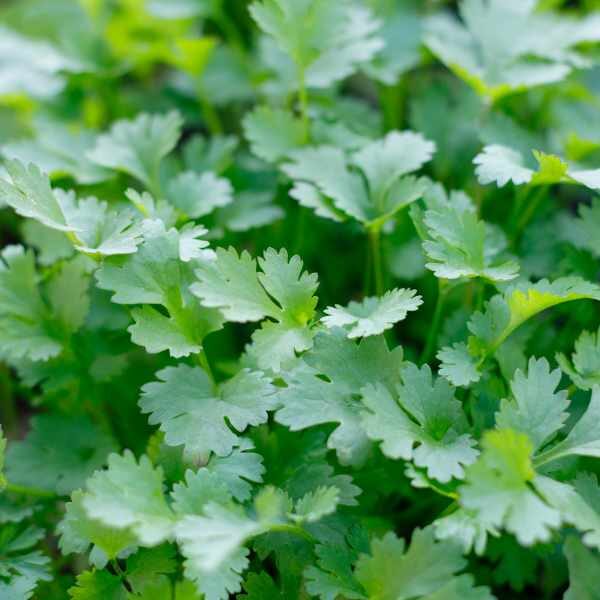


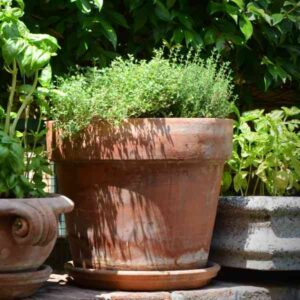
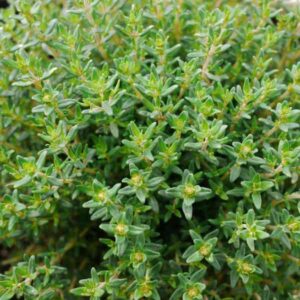
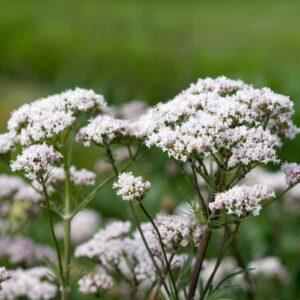
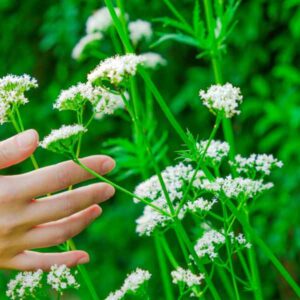
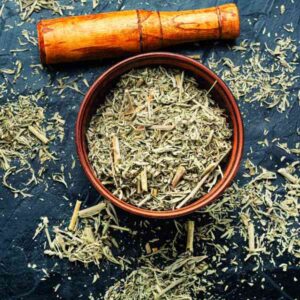
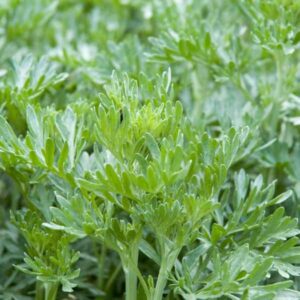
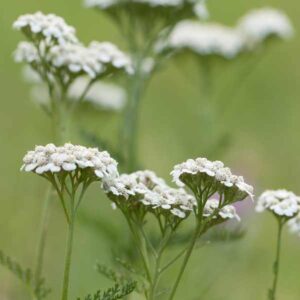
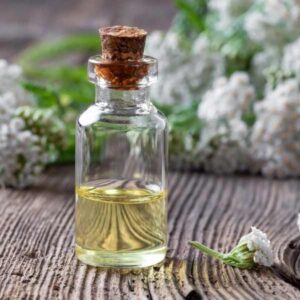
1 review for Coriander Moroccan